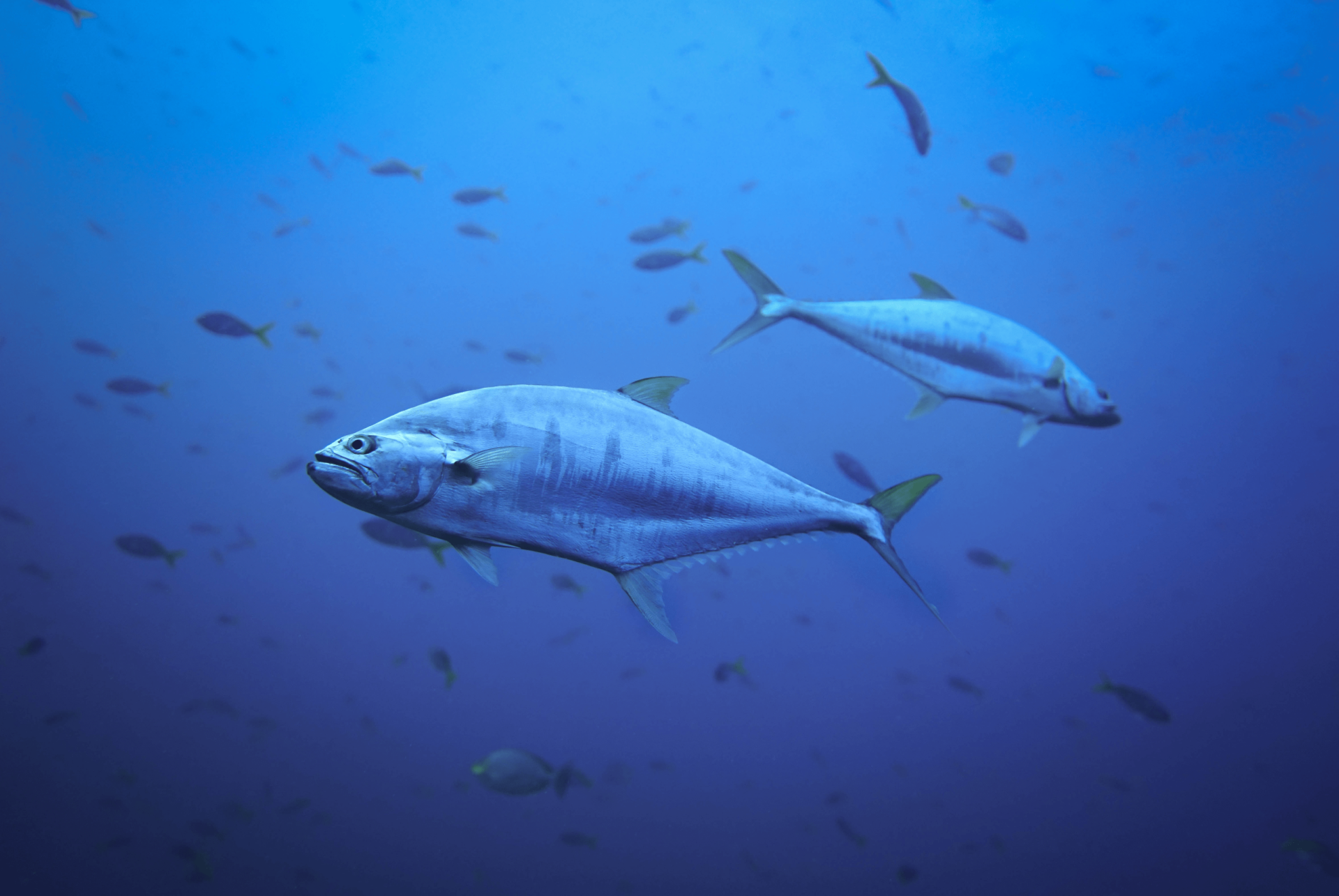Written Nereus Research Fellow Sarah Roberts,
A recent study by Nereus Fellow Sarah Roberts (Ph.D. Candidate at Duke University) finds that several fish species’ responses to ocean warming in the North Atlantic depend on the phase of the North Atlantic Oscillation (NAO). The NAO is a cyclical climate oscillation, measured as the difference in atmospheric pressure between the Icelandic Low and Azores High. Varying every 5-7 years, the NAO influences regional oceanography (temperatures, wind, currents, precipitation) which subsequently influences ecological processes such as migration timing, nutrient supply, and larval advection. Considering the magnitude of the NAO’s influence on the regional oceanography and ecology, it is surprising that very few studies in the North Atlantic consider the NAO when developing species distribution models. This study measured how historical shifts in presence of seven commercially harvested fish species in the Mid and South Atlantic Bights are influenced by temperature, salinity, bottom habitat, and the NAO.
The results demonstrate that the responses of several pelagic schooling species to changing ocean bottom temperatures differ depending on the NAO phase. For example, the influence of bottom temperature on the presence of Atlantic menhaden and butterfish depend on the NAO phase during that year. During a positive NAO, Atlantic menhaden and butterfish are associated with warmer temperatures, while during a negative NAO they are associated with cooler temperatures. Thus, the direction that Atlantic menhaden and butterfish will shift under warming may depend on the NAO phase. Consequently, the effect of increasing CO2 on the NAO is debated, so it is excluded from many species’ distribution models used to predict the effects of climate change on future species distributions.
These findings highlight the necessity of including cyclical climate oscillations in species distribution models, especially when considering the effects ocean warming has on species distributions. Models that only consider a species thermal preference fail to account for other relevant predictors that influence the species’ ecology. This study demonstrates the importance of climate and fisheries research in the South and Mid Atlantic Bights and emphasizes a need for future research on the magnitude and direction of future species distributions and the underlying mechanisms of the NAO driving non-linear responses to changing ocean temperatures. Although modeling future species distributions requires a good understanding of species ecology, steps must be taken to predict future distribution shifts before they happen, giving management adequate time to respond.







